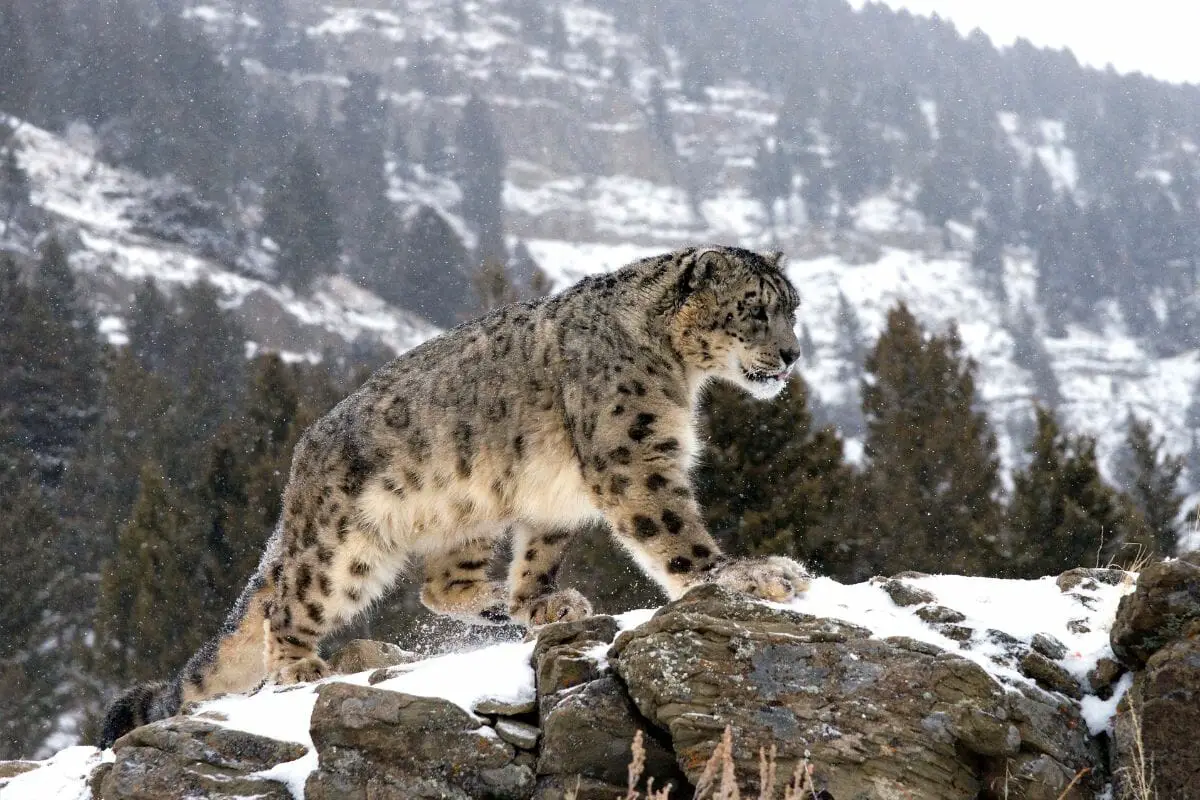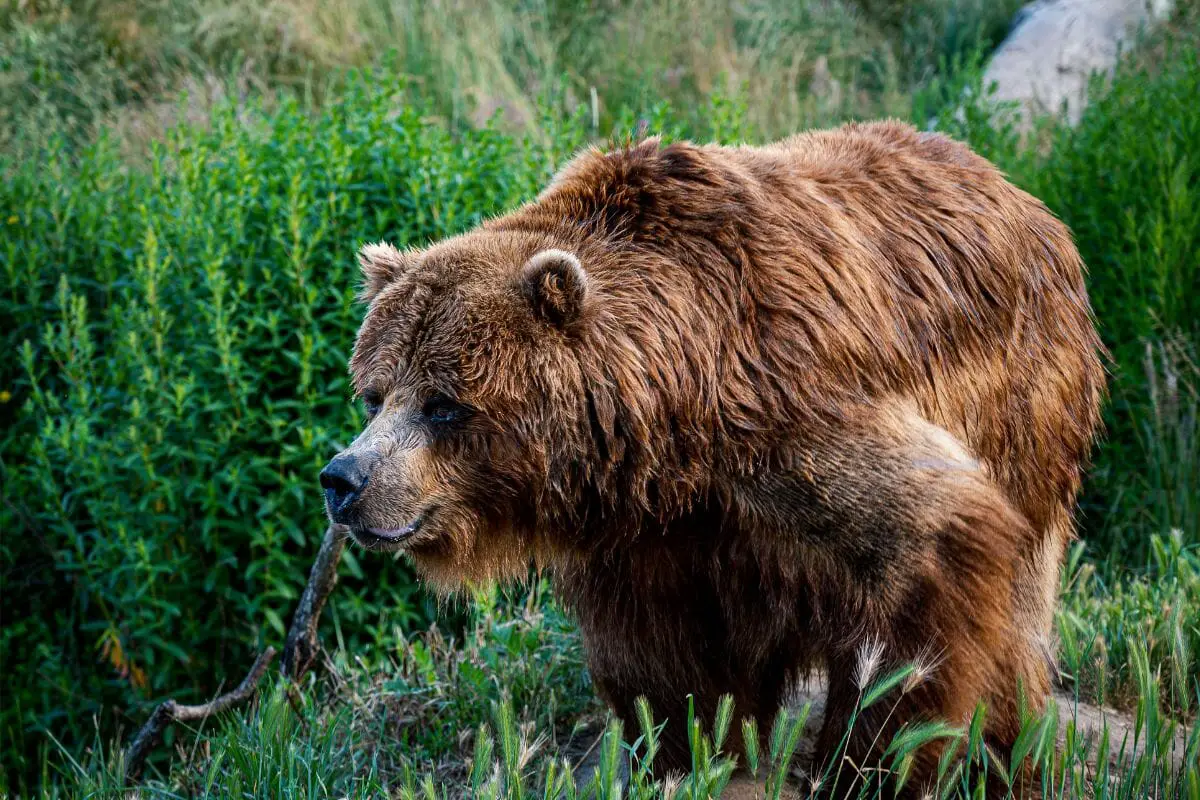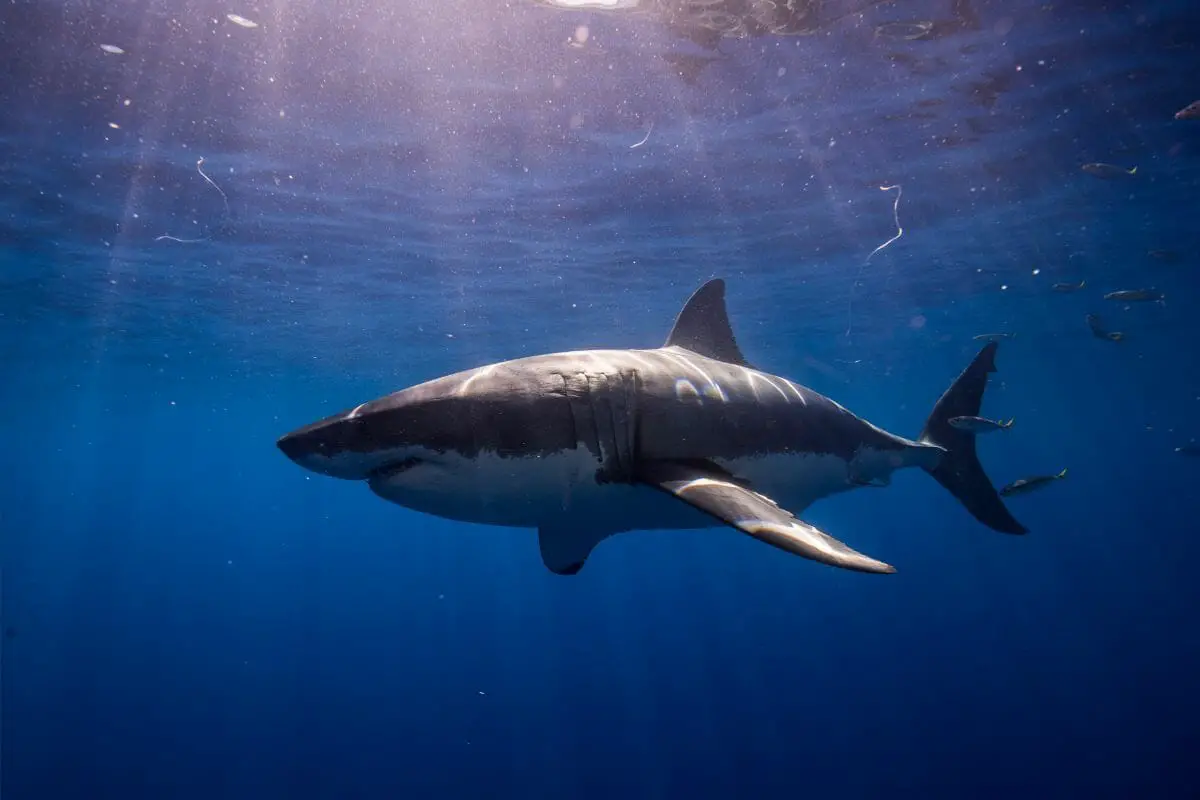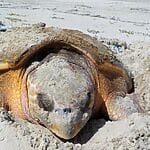In the animal kingdom, it is certainly true that many animals live as part of a herd or a familial unit, and count their survival very much on the continuation of the herd mentality, and the safety and protection it brings.
However, not all animals follow this way of living.

There are surprisingly many animals that lead more solitary lives, operating and even thriving by themselves – irrespective of the dangers that can befall them in the animal kingdom.
But which animals are the most independent, and what (if any) is the reason for this?
Why Might Animals Choose Independence?
This is a curious question, and one where there is obviously not a definitive answer.
We can only speculate, and many scientists and wildlife experts have theorized around this subject.
As humans, many of us appreciate the protection and comfort that a familial unit can offer in the right situations, and so the concept seems alien to us – especially when you take into account genetic and evolutionary pros and cons.
No Sharing
One of the benefits of independent living for an animal is that they do not have to share their food with the entire group.
This is often the case in herds or groups, and often follows a hierarchy where the head of the group has their pick and fill of the food, and everyone else has to deal with the scraps.
With independence, an animal can hunt for themselves, store food, and enjoy the rewards of their toil without worrying about competition or potentially dozens of other hungry mouths.
No Hierarchy

Of course, another benefit also means that there isn’t the same kind of social hierarchy as we see in groups and herds.
While males will still compete for dominance – at least in terms of choosing a partner – there is not the same kind of rules and behavioral practices that can be seen in a group.
Take a group of chimps for example – the dominant male is usually in charge, and other prospective males constantly have to prove themselves if they want a better choice of food and mates.
With independence, this same level of competition just isn’t present.
Easier To Hide
Another benefit is that animals can hide more easily on their own – not to mention avoid predators more easily as they don’t have a large enough presence to be noticed.
This is obviously a double edged sword – as they also do not have the protection that a herd affords – but on the whole, it is a safer way to live.
This is especially true of smaller animals, who can hide more easily, and do not require large groups of peers to keep them safe.
Better For Hunting
When it comes to hunting, it is also better – at least with regards to sneaking up on their prey.
While hunting in packs certainly has its advantages, there also comes the need to share.
Independence has the perk of allowing for stealth, and then once they have killed their prey, the lone (see also: Animals That Are Loners)animal can eat their fill.
Independent Animals: Notable Examples
While there are many animals that prefer this solitary existence, there are some examples that are more notable than others.
Snow Leopards

The snow leopard is perhaps one of the most solitary animals on the planet, and has developed something of a reputation for being elusive, mysterious, and ethereal – due to the fact that they are so difficult to locate and film for documentaries.
They live in some of the harshest conditions on the planet, in regions where the temperature is well below freezing, and food and shelter are certainly scarce.
As such, it pays for them to follow a solitary existence, where they are the only ones feeding on their hunts, and where they can make the most of their habitat.
As with many species, the males will mate and leave the family, but once the cub is born it will only remain with the mother for around 18 months – something that is fairly strange, even amongst solitary animals.
Bears
With the exception of mother bears raising cubs, bears are considered solitary on the whole, and tend to live and hunt alone.
Aside from familial units, the only real time bears are seen together is when they are competing over food or mating – all the other times they generally travel and live alone.
This of course has numerous perks, one of which being food.
Bears are generally large, and thus need a lot of calories. As such, they need as much as they can get their paws on.
Moles
Many might consider moles to live in burrows together, but once they have reached maturity they are generally on their own.
They might build elaborate dens and store plenty of food in specially built ‘kitchens’ but they are solitary creatures, and seeing more than a couple of moles together is seen as unusual.
Great White Sharks

This is one case where we can rest easy knowing they are solitary creatures!
Great white sharks are generally lonesome creatures – except for mating and group feeding when there is a lot of prey.
This is true of most sharks, who will hunt and live alone instead of forming groups.
Hawaiian Monk Seals
While most species of seal reside in groups, the Hawaiian monk seal is a solitary creature, hence their name, the ‘monk’.
While most live in ‘colonies’, the monk seal chooses to hunt and live alone, generally ignoring others despite often living in close proximity to other monk seals.
Final Thoughts
And there we have it, everything you need to know about animals, and which ones are independent.
While it’s true that many animals operate as part of herds, there are many that prefer a solitary existence, operating and thriving by themselves.
So if you want to learn more about these animals, then why not research them further?








